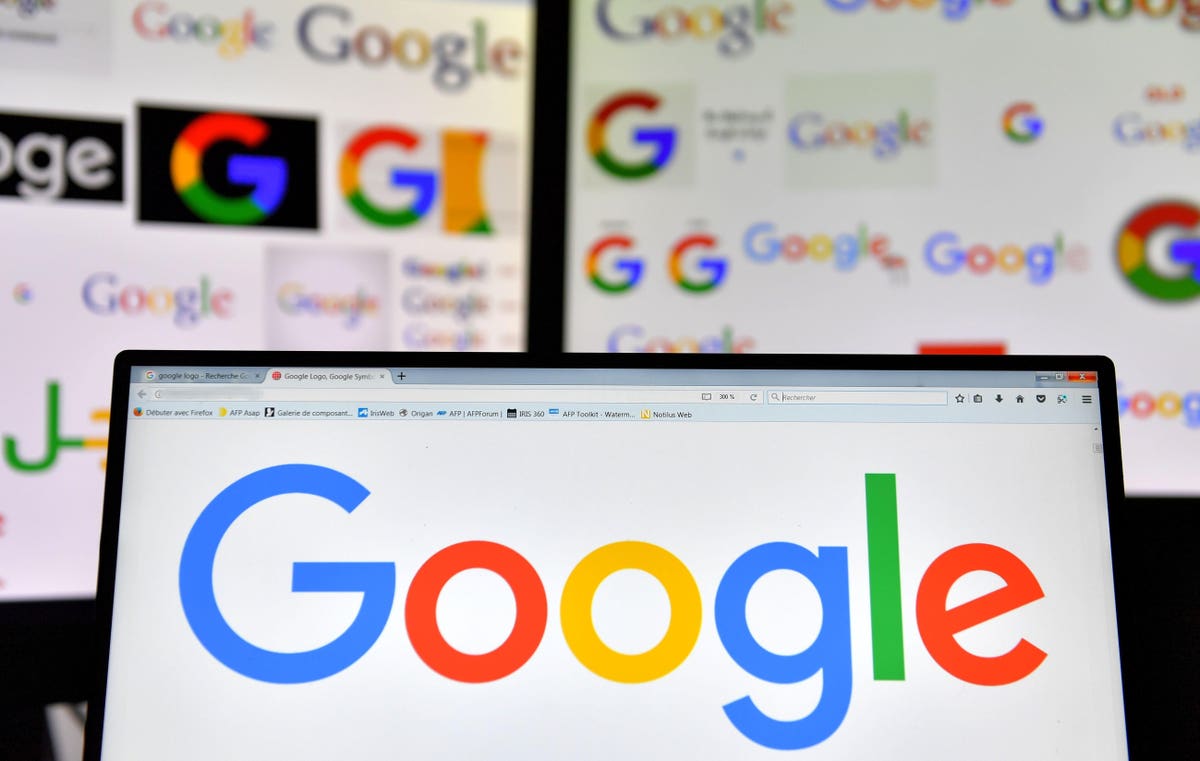In a shocking revelation reminiscent of Facebook’s notorious metrics scandal of 2018, a recent report exposes Google’s
GOOG
The report by Adalytics uncovers a disconcerting truth surrounding Google’s TrueView ads, a proprietary ad format that allows advertisers to pay only for actual views rather than impressions. TrueView ads were intended to be served on YouTube, various apps, and across the web, providing users with the option to skip the ad after five seconds. However, the research reveals that for years, these skippable ads have been appearing in a muted, auto-playing format on independent websites and mobile apps.
Despite the muted format these ads are “marked as 100 percent viewable because javascript in the popunder cannot look outside of itself to determine that the popunder is behind something else,” according to Ad Fraud expert, Dr. Augustine Fou. This behavior is reminiscent of Facebook’s scam where they claimed an ad was fully viewed after just three seconds. Just like Facebook, these metrics are great for Google’s business but they lack integrity and are nearly impossible to look into.
Additionally, it was discovered that TrueView was placing ads on third-party sites that did not meet the quality expectations held by media buyers. Google has responded by saying things like “When advertisers create video ad campaigns, they can clearly see that their ads may run on third-party sites via GVP during the campaign setup. We offer the option to opt out at any time.” But according to Dr. Fou, “This is not true when running PMax campaigns. There is no way to opt out of ads running on GVP,” and it is a cop out for Google to displace blame to its buyers. The behavior we’re seeing is a “standard misdirect and non-answer,” said Dr. Fou.
TrueView Not As True As Promised
The parallels between Google’s TrueView scandal and Facebook’s infamous metrics scandal of 2018 are both striking and infuriating. Just as Facebook inflated its metrics by as much as 900 percent, leading advertisers to believe their campaigns were far more successful than they actually were, Google’s TrueView has similarly misled advertisers, causing a renewed and passionate questioning of the integrity and accountability of tech giants in the digital advertising landscape. The magnitude of this deception leaves no room for complacency or acceptance.
The impact of Google’s misaligned ad placements extends far and wide. Major brands such as Johnson & Johnson
JNJ
AXP
Outraged advertisers, media buyers, and digital marketing professionals are calling for justice, and their first demand is full refunds for ad dollars wasted on misaligned placements and invalid traffic. The impact of these misrepresentations on businesses, particularly smaller enterprises, cannot be understated. The deceptive practices employed by tech giants erode trust, hinder growth, and perpetuate a culture of unaccountability. This, along with fear about Google’s ability to compete with new AI competitors has seen its stock downgraded multiple times in the last couple of days.
The big conundrum that nobody is talking about but needs to be dug into, according to Dr. Fou, is that while Google claims its metrics are independently validated, the “The fine print from MRC’s accreditation of DoubleVerify’s YouTube viewability measurement says DV is performing ‘calculations and reporting’ on data supplied by YouTube,” meaning the data is not measured independently by any javascript.
The time has come for the digital advertising industry to demand transparency, accountability, and meaningful change to restore confidence and ensure a fair and ethical ecosystem for all stakeholders involved. The industry must strive for more stringent vetting processes, improved quality control, and increased visibility into ad placements to rebuild trust and ensure that every ad dollar is effectively invested.
Read the full article here




